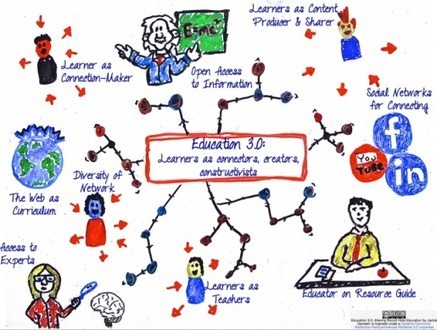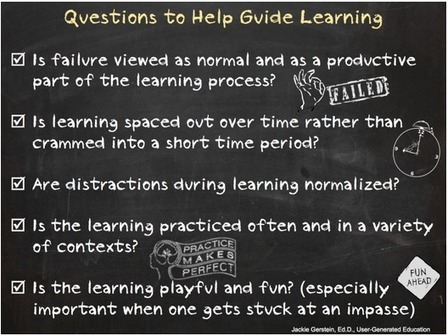This is a cross-post and adapted version of Dr. Jackie Gerstein's post that provides strategies so we can really understand and see the uniqueness in every learner.
Research and publish the best content.
Get Started for FREE
Sign up with Facebook Sign up with X
I don't have a Facebook or a X account
Already have an account: Login
What pathways are being designed in today's schools to personalize the learning experience?
Curated by
Kathleen McClaskey
 Your new post is loading... Your new post is loading...
 Your new post is loading... Your new post is loading...

María Dolores Díaz Noguera's curator insight,
July 8, 2013 3:01 PM
Esta relacionado con el trabajo que realizan mis estudiantes en el aula. 
Roberto Ivan Ramirez's curator insight,
July 8, 2013 9:00 PM
Esta nueva corriente de la educación se supone va a estar más centrada de manera especial sobre la conexión que se establezca entre la producción de los docentes con los alumnos, con un seguimiento más puntual sobre el uso de las herramientas digitales web 2.0, pero me imagino con un expertise cada vez más especializado en cuanto al dominio de las competencias (digitales) de los agentes educativos. |
|













What great ideas, Dr Gerstein reminds us of. Always having the learner at the centre of our thought processes when designing and developing lessons, means a much more engaging process for all involved.